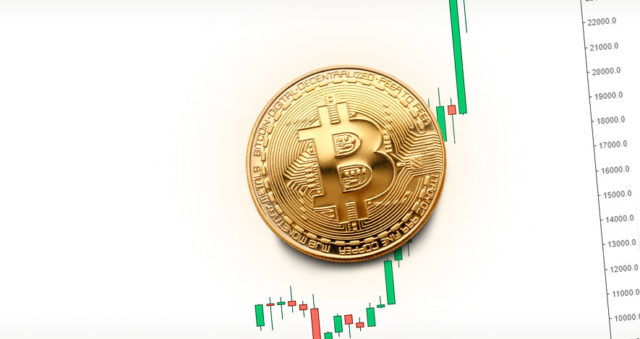- The price of gold gains impulse around 3,080 $ in the American session on Wednesday.
- Trump announced a suspension of tariffs for all countries except China.
- The operators prepare for the US IPC inflation data, which will be published later on Thursday.
The price of gold (Xau/USD) advances around $ 3,080 during the American session on Wednesday. The demand for safe refuge amid the growing commercial tensions between the United States and China provides some precious metal support.
The president of the United States, Donald Trump, said Wednesday that he authorized a 90 -day break in new tariffs for most US business partners to 10% to allow commercial negotiations with those countries. However, Trump increased tariffs imposed on imports from China to 125% “with immediate effect” due to the “lack of respect that China has shown towards the world markets.”
Economic uncertainty and fears that Trump’s tariff policies trigger inflation and stop economic growth boost the price of gold, a traditional safe asset. “Ultimately, gold is still seen as a coverage against instability here. We have a situation in which tariffs are becoming a big problem, and you have increasing inflationary expectations, and that is manifested in greater yields,” said Bart Melek, head of raw material strategies in TD Securities.
The operators will keep an eye on the US Consumer Price Index (CPI) inflation report, which will be published later on Thursday. Any signal of a hotter result could raise the dollar and weigh on the price of the raw material called in the USD in the short term.
FAQS GOLD
Gold has played a fundamental role in the history of mankind, since it has been widely used as a deposit of value and a half of exchange. At present, apart from its brightness and use for jewelry, precious metal is considered an active refuge, which means that it is considered a good investment in turbulent times. Gold is also considered a coverage against inflation and depreciation of currencies, since it does not depend on any specific issuer or government.
Central banks are the greatest gold holders. In their objective of supporting their currencies in turbulent times, central banks tend to diversify their reserves and buy gold to improve the perception of strength of the economy and currency. High gold reserves can be a source of trust for the solvency of a country. Central banks added 1,136 tons of gold worth 70,000 million to their reservations in 2022, according to data from the World Gold Council. It is the largest annual purchase since there are records. The central banks of emerging economies such as China, India and Türkiye are rapidly increasing their gold reserves.
Gold has a reverse correlation with the US dollar and US Treasury bonds, which are the main reserve and shelter assets. When the dollar depreciates, the price of gold tends to rise, which allows investors and central banks to diversify their assets in turbulent times. Gold is also inversely correlated with risk assets. A rebound in the stock market tends to weaken the price of gold, while mass sales in higher risk markets tend to favor precious metal.
The price of gold can move due to a wide range of factors. Geopolitical instability or fear of a deep recession can cause the price of gold to rise rapidly due to its condition of active refuge. As an asset without yield, the price of gold tends to rise when interest rates lower, while the money increases to the yellow metal. Even so, most movements depend on how the US dollar (USD) behaves, since the asset is quoted in dollars (Xau/USD). A strong dollar tends to keep the price of gold controlled, while a weakest dollar probably thrusts gold prices.
Source: Fx Street
I am Joshua Winder, a senior-level journalist and editor at World Stock Market. I specialize in covering news related to the stock market and economic trends. With more than 8 years of experience in this field, I have become an expert in financial reporting.







